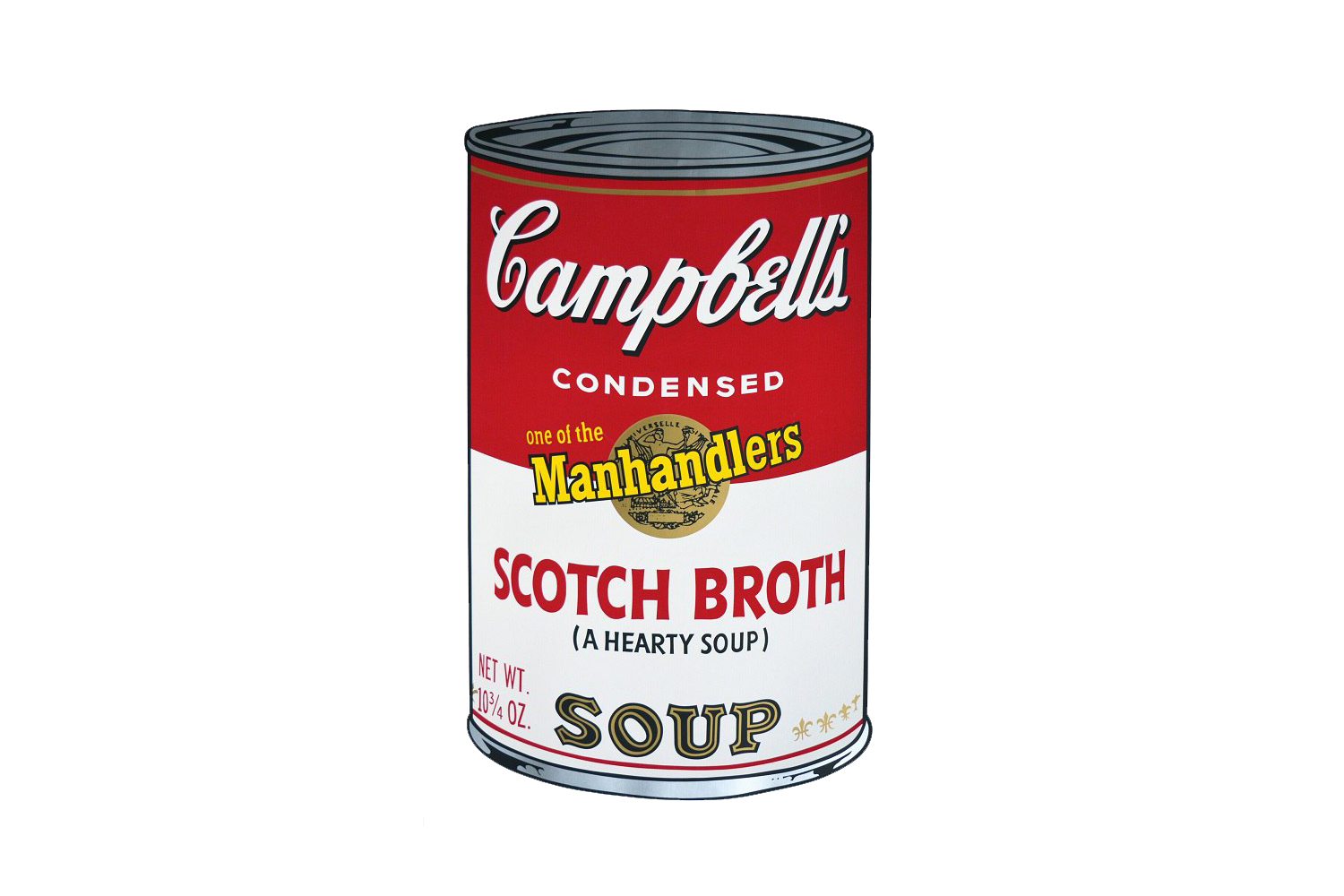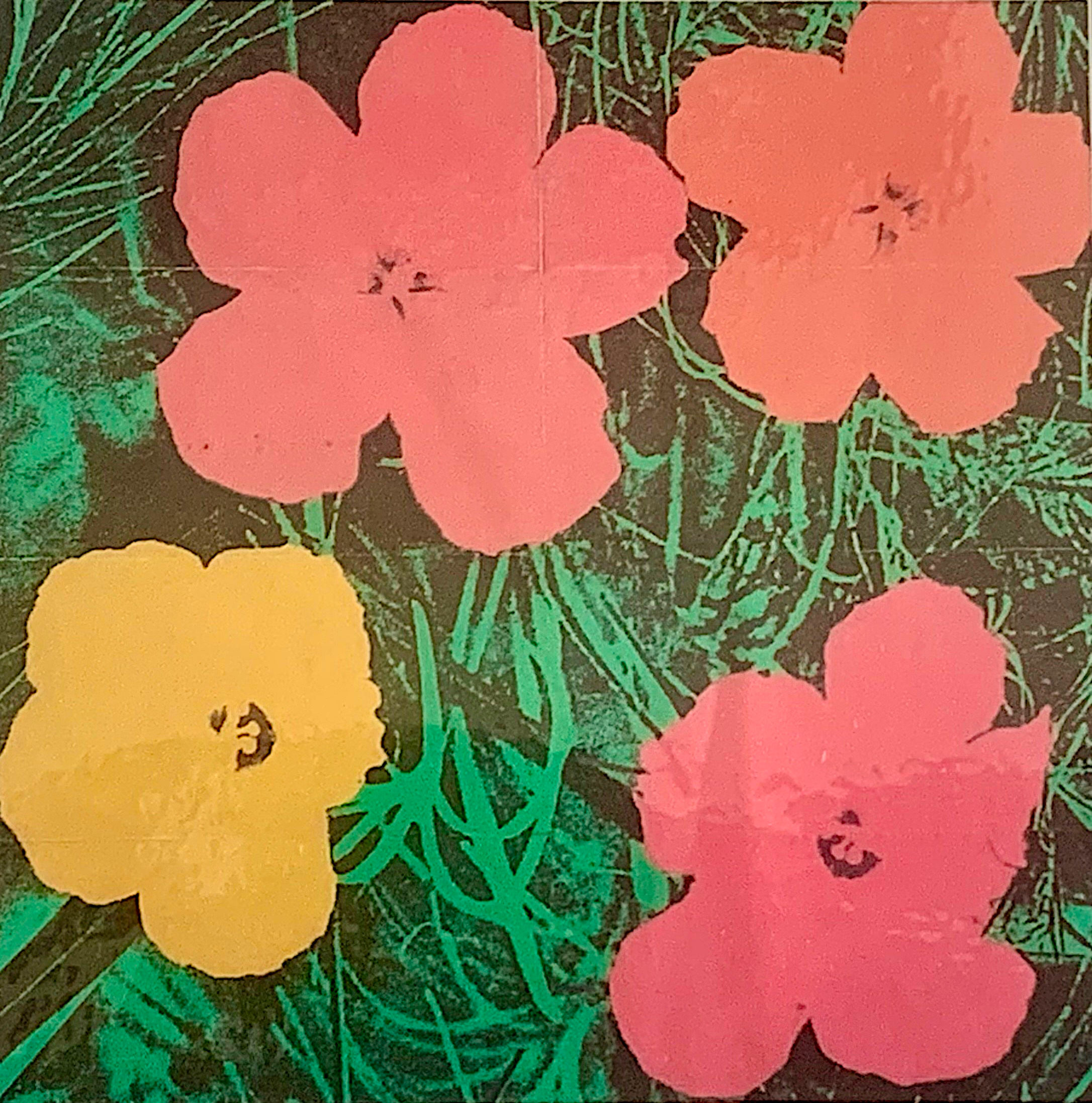From September 30th to January 29th the Altinate Cultural Center | San Gaetano will welcome the exhibition Andy Warhol. Pop iconorganized by ARTIKA by Daniel Buso and Elena Zannoni, curated by Simona Occioni.
The brands that populated the advertising imagery widespread in the United States between the Sixties and the Seventies, alongside the faces of the stars, from Sylvester Stallone to Marilyn, “treated” by the artist as consumer products covered with the same mystical aura with which Warhol he rethinks his “objects” to transform them into an artistic artefact, they will mark a path of great impact.
To enrich the six thematic sections of the exhibition will be over 150 worksincluding drawings, photographs, serigraphs, engravings, sculptures.

Andy Warhol, Campbell’s Soup, 1980
It was 1962 when, at the Ferus Gallery in Los Angeles, a young artist inaugurated his first solo exhibition in the Californian city. The works exhibited were representations of cans Campbell’s Soup made by screen printing and acrylic on canvas. Although critics had dismissed his compositions as “flat and provocative works”, from then on Warhol’s success would have been unstoppable.
The greatest intellectuals and VIPs of the moment would pass by his famous “Factory”, all eager to have Andy painted a portrait.
Mass culture, with its bad taste made up of kitsch and vulgarity, inevitable by-products of an increasingly massive globalization, becomes the lifeblood of his artistic career.
If his colleagues exasperate these components and, through the filter of irony, place the accent on the debasement of taste while at the same time highlighting his own detachment, Andy Warhol proceeds following a very precise pattern through the visual isolation of the image, the assimilation of advertising language, repetition – which irrefutably recalls the repetitiveness of images used by mass culture to sell goods and services – and the use of noisy colors.

Andy Warhol, Flowers
The process reveals the true nature of modernity: indifference, materialism, media manipulation, economic exploitation, irrepressible consumerism, stardom and the creation of false needs and false aspirations in the masses. The figure of the artist in the production process has become anonymous. There is no longer humanity, but an inexhaustible production chain of “things” that are infinitely reproduced for commercial purposes. Warhol’s art is not only a critique of consumer society (which is true for most other Pop artists), but also represents the pressing attack on bourgeois values and the art establishment.
The exhibition in Padua aims to return the biographical portrait of the great New York artist who, in a Dadaist manner, revealed the superficiality of the system to which he belongs, through the manipulation of images and the transformation of the self into a character bordering on the grotesque.
![]() Read also:
Read also:
• Andy Warhol. Pop icon

